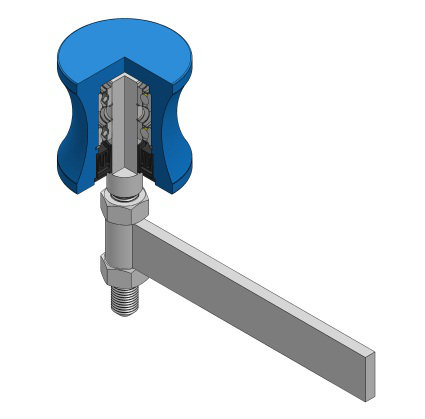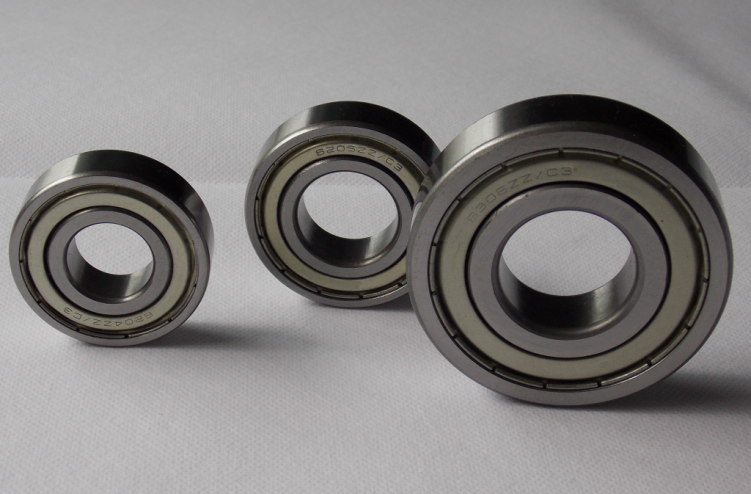Continuing the hot market last year, the LED industry was popular in the capital market. The logic behind market speculation is that the United States has banned incandescent lamps since 2014, and LED lighting is expected to replicate last year's European market. Industry people admit that the US sales channels are different from domestic ones, and market development is not easy. Despite this, Sun Yong, general manager of Sunshine Lighting, is still optimistic: in 2014, the industry's profits increased by at least 20.
The performance of the company will double in 2013, LED lighting products shine in the field of commercial lighting and home lighting, LED indoor lighting applications for the first time beyond outdoor landscape lighting, with a growth rate of more than 80. The hot field in the downstream lighting industry also benefits the middle and upper reaches of the LED industry chain.
This year, commercial lighting will bear fruit and home lighting will start quickly. Guan Yong is full of confidence in this year's market at the high-tech production and research industry investment strategy meeting. He believes that the opening of the downstream market will bring huge profits to the entire industry chain, and the overcapacity of upstream chips has been effectively alleviated.
In the past few years, various local governments have introduced subsidies for the import of LED epitaxial chip production equipment, resulting in a large number of outsourced production equipment for upstream chip manufacturers, resulting in oversupply of local low-power chips in the Lions. However, last year, the LED lighting market started and digested some of its production capacity. At present, the chip market is basically balanced. Zhang Xiaofei, president of Gaogong LED, said in an interview.
Under this situation, Sanan Optoelectronics, a leading domestic chip manufacturer, recently launched a private placement of funds to double its original capacity.
For a good company, the profit in 2014 should at least double, and companies with a profit growth rate of only 50 may have problems. Guan Yong believes that the LED sector in the capital market experienced a round of growth last year, and most listed companies can fulfill market expectations this year. However, under the general trend of industry consolidation, small enterprises with weak financial strength will have a crisis.
The traditional packaging manufacturers face the crisis Ruifeng Optoelectronics Technical Director Xiao Xiaoming pre-existed the crisis of industry integration, but he believes that the crisis is not from funds but technological changes.
With the transformation of packaging technology, traditional packaging companies will face a crisis of survival. Yan Xiaoming said that chip-level packaging technology is beginning to emerge in the industry. After this technology matures, upstream chip manufacturers may directly skip package manufacturers to provide lamp beads to downstream application vendors. Midstream traditional package manufacturers will be short-circuited.
The integration of chip manufacturers and packaging manufacturers is an inevitable trend in the industry. Yan Xiaoming believes that some manufacturers have begun to try to integrate the midstream of the industry chain, and some enterprises even have the integration of the entire industry chain. For example, chip maker Tongfang shares (11.03, -0.38, -3.33) recently acquired Hong Kong stock company Zhen Mingli and expanded downstream.
Guan Yong believes that the real purpose of Tongfang’s acquisition of Zhen Mingli is to take a fancy to the company’s sales channels in overseas markets. The company’s lighting products once occupied the overseas market.
When talking about the US market, Guan Yong said frankly: The US sales channel is mainly supermarkets, and domestic brands are difficult to enter the United States. At present, in the US market, the old lighting brands such as Philips and Osram are still relatively strong, and the LED lighting companies are also more prominent.
Domestic companies enter the US market, mainly based on OEM. Analysts believe that the foundry model is the process of shifting US LED lighting production capacity to China. Although the profit margin is low, there is still room.
Guide Idler
Guide idlers are also called stub idlers, limiting idlers, track-guiding idlers. Guide idlers are are designed to prevent belts from tracking off. usually by contact with the edge of the belt. They can be used on both the trough and return side of the conveyor belt. The problem with many guide idlers is the design itself. A conveyor belt can quickly wear down the steel of the guide roll to make it unusable.

Guide rollers are also called stub rollers, limiting rollers, track-guiding rollers, snub rollers or lateral guide rollers. Guide Idler and Conveyor Belt Tracking Guide, was developed during the 1940's to assure reliable Belt Conveyor Tracking in the following industries: Guide idlers are properly mounted at the sides of the belt so that they keeping it aligned if there are run outs. Continuous belt rubbing against the guide idlers might cause damage (edge wear) of the belt. In that case further check of the conveyor items (pulleys, idlers, etc) and structure should take place. Guide idlers are available in various diameters and lengths.
Guide Idler usually use ball bearing.


Guide Idler,Side Guide Idler,Guide Wheel Front Idler
Shandong Xinkaite Bearing Co., Ltd. , https://www.idlerbearing.nl